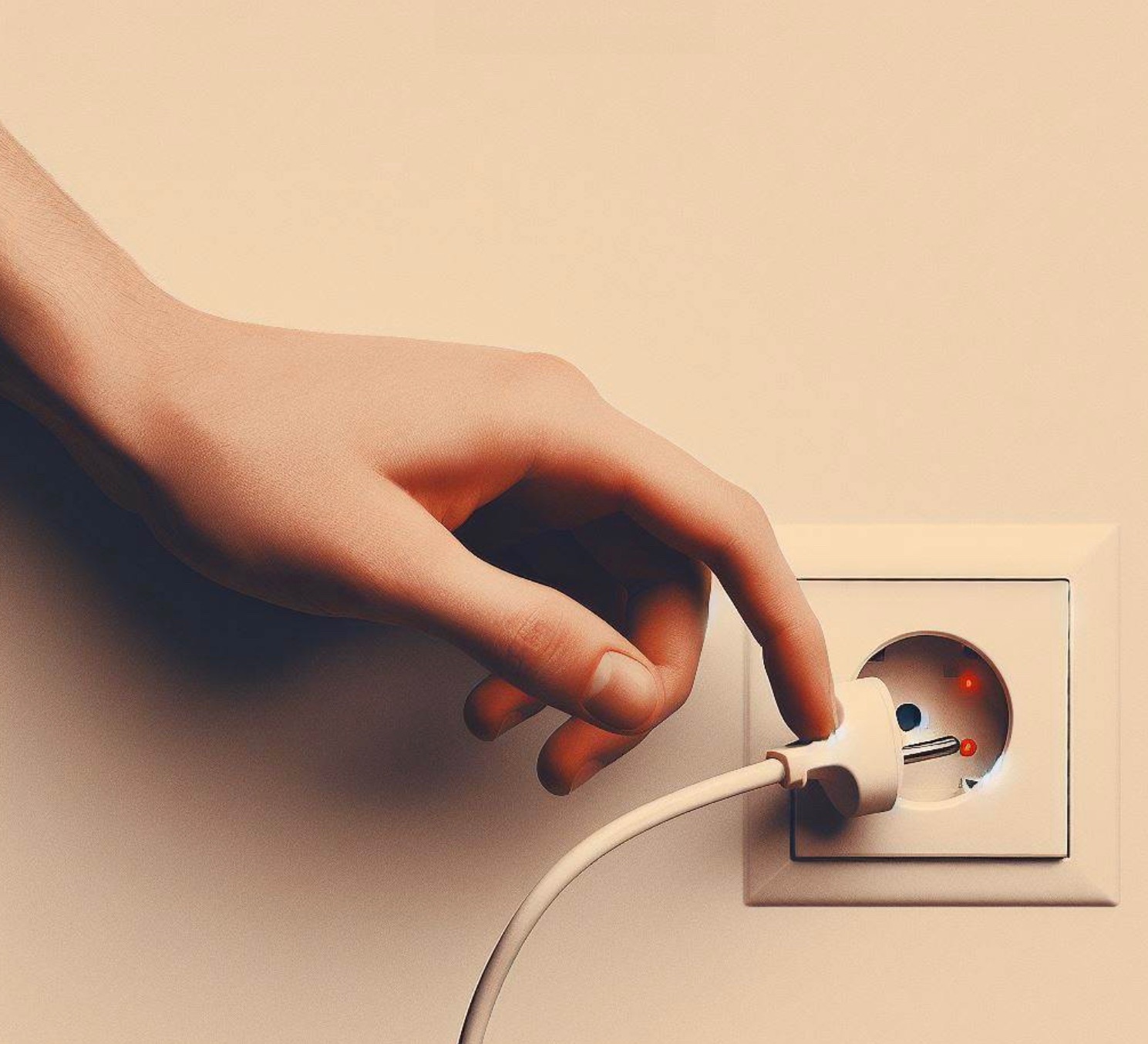Phantom Power: Save Money by Unplugging

In our modern world, the convenience of electronic devices comes at a price – a phantom price, to be exact. Phantom power, also known as standby power or vampire power, refers to the energy consumed by electronics and appliances when they are turned off but remain plugged into an electrical outlet. This sneaky energy consumption can lead to higher utility bills and an unnecessary strain on the environment. In this article, we’ll explore what phantom power is, how it impacts your finances, and most importantly, how you can save money by eliminating it.
Understanding Phantom Power
Phantom power is a common phenomenon, but many people are unaware of its impact. It occurs when devices like televisions, computers, chargers, and kitchen appliances remain plugged in, drawing power even when they’re not in use. Some devices are designed to maintain settings, power indicator lights, or enable remote control capabilities. As a result, they constantly consume electricity, adding to your monthly energy costs.
The Cost of Phantom Power
The cost of phantom power may seem negligible for individual devices, but when you consider all the plugged-in gadgets in your home, the impact becomes substantial. According to the U.S. Department of Energy, the average American household spends about $100 per year on phantom power consumption. This amount may vary based on the number of devices and the region, but it’s clear that phantom power can take a bite out of your budget over time.
How to Save Money by Eliminating Phantom Power
Thankfully, there are several effective strategies you can implement to combat phantom power and reduce your energy bills:
1. Unplug Devices
The simplest and most effective way to eliminate phantom power is to unplug devices when they’re not in use. Consider creating a habit of unplugging chargers, toasters, and other small appliances when you’re done with them. For devices in hard-to-reach places or with numerous cords, using power strips can make the process more convenient.
2. Smart Power Strips
Invest in smart power strips that automatically cut off power to devices when they’re not in use. These strips detect when a device goes into standby mode and completely disconnect the power source, preventing energy waste.
3. Energy-Efficient Appliances
When purchasing new appliances, look for the Energy Star label. Energy-efficient appliances are designed to minimize standby power consumption. They often consume significantly less energy when in standby mode compared to older, conventional models.
4. Timers and Schedulers
Use timers or smart plugs to schedule the activation and deactivation of devices. For example, program your coffee maker to turn on a few minutes before your alarm goes off, so you can enjoy freshly brewed coffee without wasting energy while you sleep.
5. Set-Top Boxes and Game Consoles
Many set-top boxes, cable modems, and game consoles consume considerable phantom power. Be sure to turn them off when not in use, and if possible, configure their power-saving settings to reduce energy consumption.
6. Assess and Audit
Periodically conduct an energy audit in your home to identify power-hungry devices. Consider using tools like energy monitoring devices to measure the energy consumption of different appliances. This way, you can make informed decisions about which devices to unplug or replace with more energy-efficient alternatives.
7. Education and Awareness
Make a conscious effort to educate your family about phantom power and its financial implications. Encourage everyone to join the effort to reduce energy waste and lower utility bills.
Conclusion
Phantom power may be an invisible culprit, but its financial impact is real. By taking steps to eliminate or minimize this wasteful energy consumption, you can save money and reduce your environmental footprint. Implementing these strategies not only benefits your wallet but also contributes to a more sustainable and energy-efficient lifestyle. Make a commitment to slay the energy vampires in your home and watch your savings grow.





